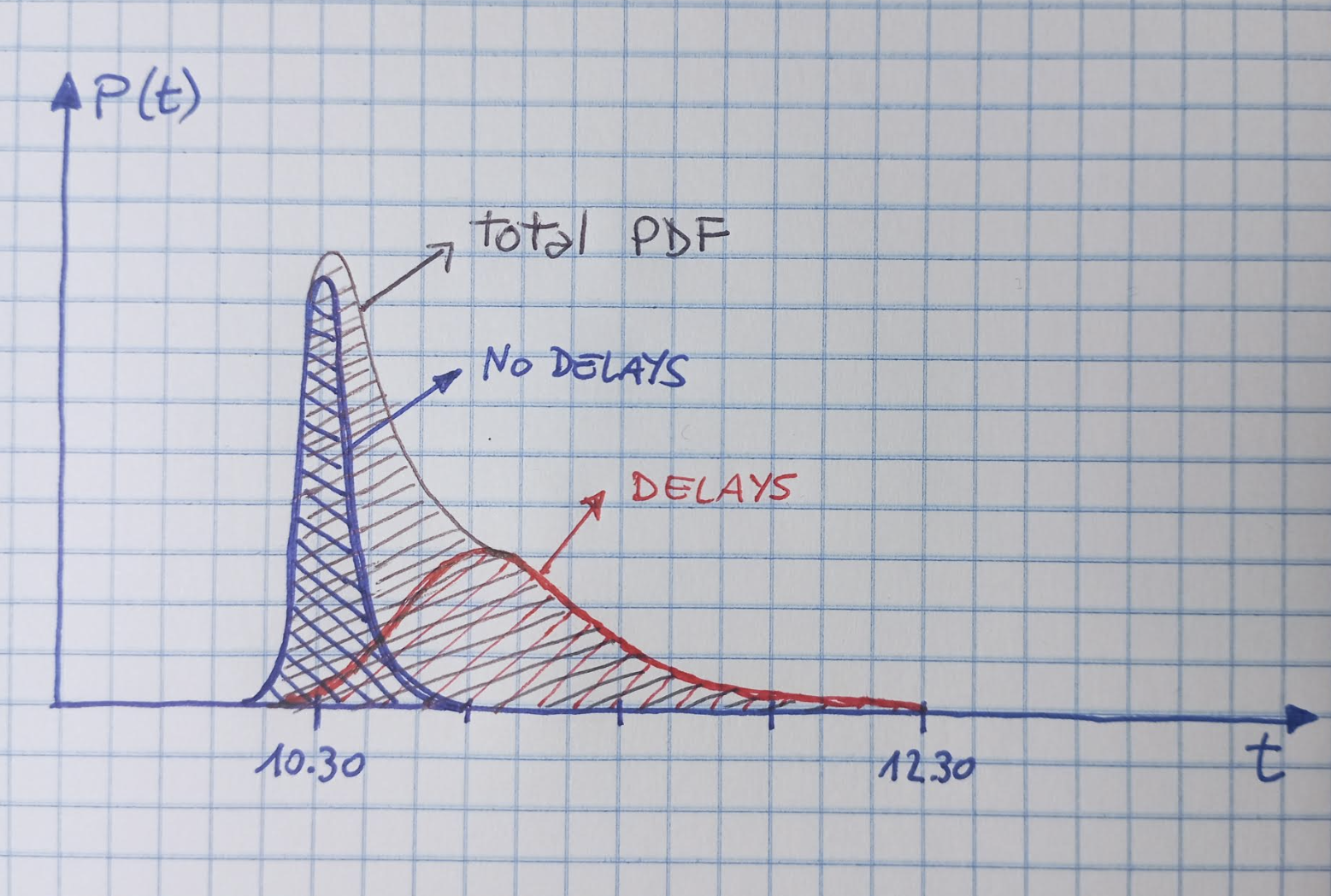 The Problem With Peer Review
The Problem With Peer ReviewIn a world where misinformation, voluntary or accidental, reigns supreme; in a world where lies...
 Interna
InternaIn the past few years my activities on this site - but I would say more in general, as the same...
 The Probability Density Function: A Known Unknown
The Probability Density Function: A Known UnknownPerhaps the most important thing to get right from the start, in most statistical problems, is...
 Summer Lectures In AI
Summer Lectures In AI Winter is not over yet, but I am already busy fixing the details of some conferences, schools,...






 Comet Swift-Tuttle (left, courtesy NASA) may be far away by now, but the debris that gets thrown out in space during each of its passages in the proximity of our Sun traces the full elliptical orbit of the comet, like droplets of sweat of an athlete running the 10,000 meters in a stadium. And tonight, the Earth is going to plunge in the core of the filament of debris following the comet's orbit.
Comet Swift-Tuttle (left, courtesy NASA) may be far away by now, but the debris that gets thrown out in space during each of its passages in the proximity of our Sun traces the full elliptical orbit of the comet, like droplets of sweat of an athlete running the 10,000 meters in a stadium. And tonight, the Earth is going to plunge in the core of the filament of debris following the comet's orbit.


